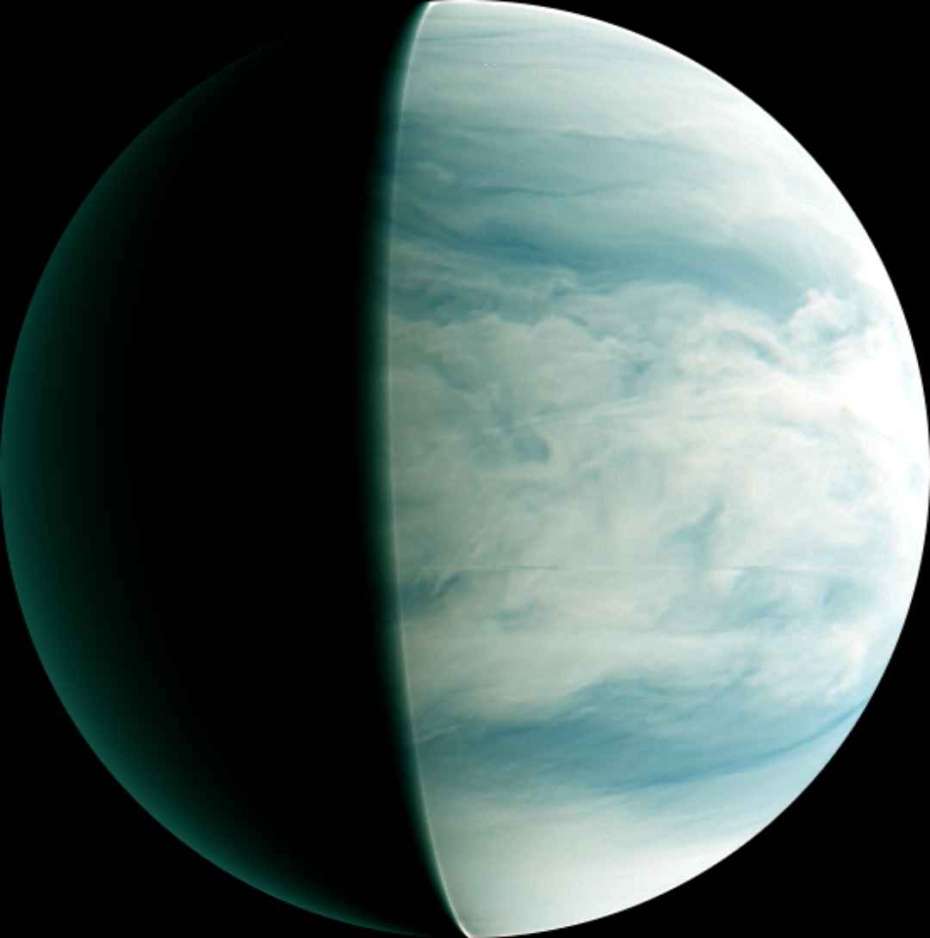The U.S.’s Mariner 2 flew by in 1972. In 1975, a Soviet Venera probe was the first to return an image from the surface of another world, but in Venus’s hellish atmosphere functioned for only a few seconds. Since then, there were more successful Soviet and American trips, the European Union’s Venus Express, a peek by NASA’s Parker Solar Probe, and several by Japan’s space agency. With the shutdown of its Akatsuki Venus Climate Orbiter, humankind’s last presence on Earth’s sister world falls quiet.
“For almost ten years, Akatsuki has been the only active spacecraft orbiting our inner neighbour,” writes JAXA’s Institute of Space and Astronautical Science. “The spacecraft’s mission was to investigate the climate of Venus, whose sparkling clouds bestowed the name of the goddess of beauty, but below which a dense carbon dioxide atmosphere smothers the surface to drive temperatures that could melt lead. … To date, 178 journal papers have been published on the Akatsuki mission and using Akatsuki data, and there are more results still to come. This was a mission that changed our view of our Earth-sized neighbour, and laid the path for new discoveries about what it takes to become heaven or hell.
 A false-color image of Venus from Akatsuki
A false-color image of Venus from Akatsuki
Here’s a computer-animated explainer:

